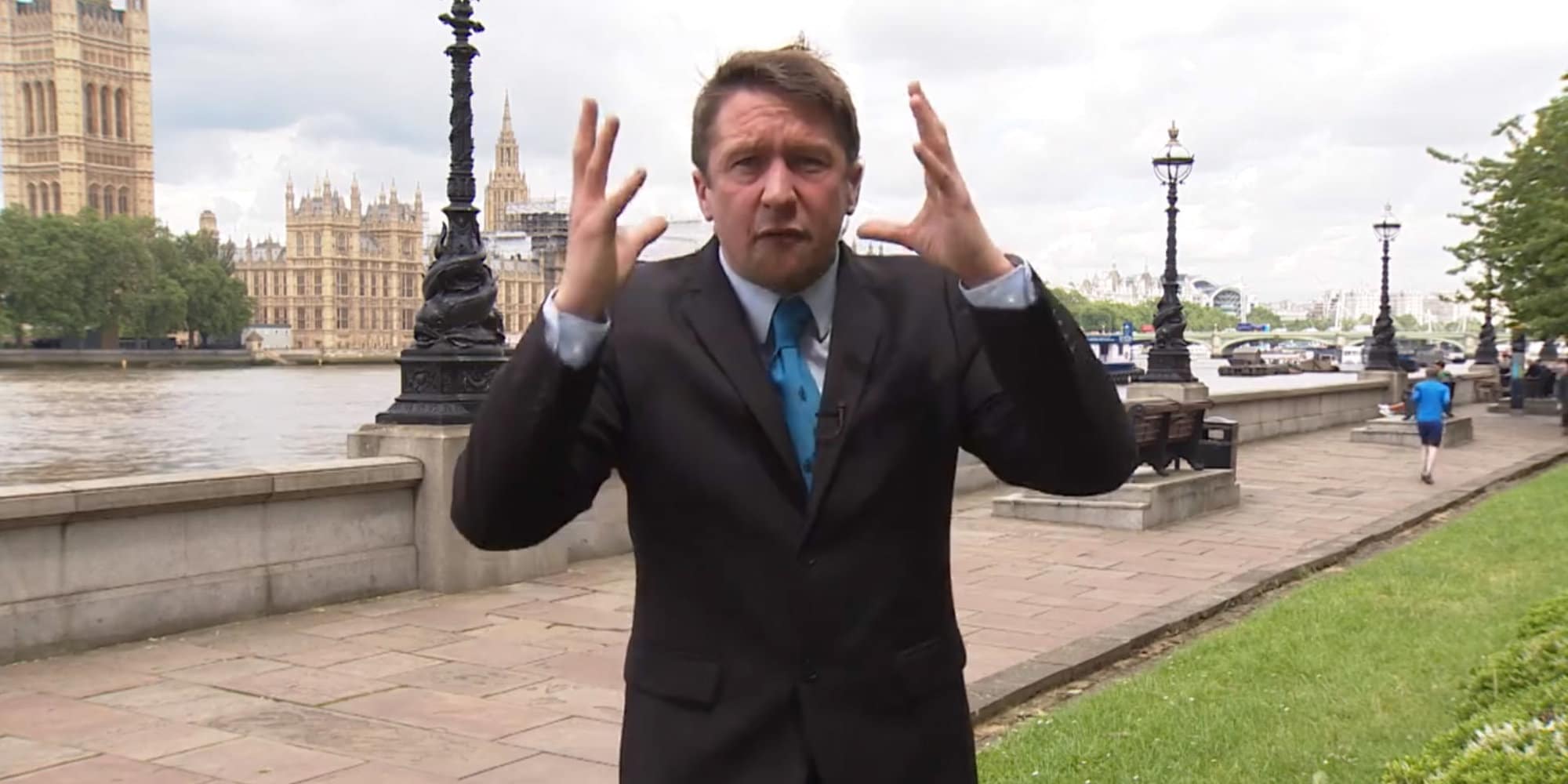There comes a time in the lifetime of every business when a public relations crisis surfaces, and how the PR professionals involved handle it can determine whether the company sinks or swims. This is especially significant these days when the ever-growing public demand for corporate transparency is being fueled by social media and the Internet.
As a PR practitioner, it’s crucial that you remain vigil to spot incoming crises before they happen. More likely than not, however, your preventive measures will fail, and when they do, it will be your job to respond effectively.
Managing a PR crisis requires smart and speedy thinking, knowledge and experience. Nonetheless, all that means little without a plan. The following are ten essential rules by which every PR professional must abide to deal with a crisis, however threatening it may seem.
1. Get your facts right
It may look like an obvious first step, but PR practitioners often ignore or rush it, especially when the crisis demands a quick response. In most cases, it’s actually better to slow the pace of the story instead of releasing an ill-considered statement. Take the time, to gather, analyze and understand the facts. Keep in mind that once you take a stance, it’s virtually impossible to backpedal without killing your credibility.
2. Be honest
Telling the truth is not just PR ethics, but also a savvy strategy when dealing with a crisis. The truth may be hard to swallow for both you and your client, but trying to cover up a mistake will very likely escalate the situation. If you’re not sure, don’t list possibilities of what could have happened or who could be to blame. Only say what you know to be true, and don’t be afraid to say “I don’t know” if you don’t. Some people will automatically assume you’re trying to spin the story, and if you give them a reason to run with that assumption, they’ll do just that.
3. Be proactive and accountable

Gone are the days when companies mostly played ostrich – burying their heads in the ground and hoping their problem walks away – in the face of a crisis. This is why they rely on PR professionals to handle the situation.
When given the job, take the driver’s seat and spring into action. Don’t wait for reporters to burst your door open, or for your client to become the country’s number one trend on Twitter. Instead, go out of your way to acknowledge the issue, apologize and explain the measures you’re taking to fix it, even before it becomes known.
4. Develop holding statements
Although developing a full response must wait until you have all the facts, holding statements can help buy you some critical time. These messages are designed in advance for use immediately after a crisis breaks, across a wide variety of scenarios that you, the professional, perceive to be vulnerable.
An example of a holding statement by a hotel which has been hit by reports of poor customer service might be:
“We sincerely apologize to every one of our clients who was victim to the unfortunate incidents. Our manager is looking into the issue, and any parties found responsible will be held accountable.”
Holding messages will help you to respond promptly while avoiding the possibility of getting things wrong.
5. Don’t go the defensive route

PR pros who believe their client is on the right side are particularly eager to say more than is needed in support of their case. Although you may indeed be right, coming out on the defensive will likely drive the public against you. Therefore, think about what the people want to know, and not what you need to say. Filter your words to an acknowledgment, an apology or assurance, so that, regardless of the crisis, you always seem to be on the public’s side.
6. Provide just enough information
When a crisis explodes, the world will be eagerly waiting for your response. However, that doesn’t mean you’re required to provide information of what transpired down to the last byte. Although many may be tweeting about it, only a few really care about the minutiae. Moreover, the message you deliver hits your audience differently depending on their level of interest in the issue. Your goal, therefore, is to give just enough information that the broader public understands, while reserving the elaborate version of the story for the smaller audience that actually wants to know the details.
7. Never lose your cool

Sometimes you will disagree with the public, but being rude to reporters or attacking customers in social forums is utterly unacceptable. Instead, put yourself in your audience’s shoes, and do your best to satisfy every inquiry they may have. If nothing helps and a complainant insists on being uncooperative, just ignore them and move on. Bear in mind that your audience isn’t angry with you, but your client. So, rather than taking things personally, side and sympathize with them. The public is often looking for ways to fuel the fire, and losing your cool will only help their cause.
8. Anticipate social media backlash
In a world where the internet is widely accessible and cheap smartphones are everywhere, the worst thing you can do is disregard the possibility of a firestorm igniting on social media. Facebook and Twitter have been credited with toppling entire governments, so don’t think your company is too big to crumble. In readiness for a crisis, make sure you’re the first to post about the issue so that people read your response before making their own.
9. Listen to your team

It’s easy to rush a reaction, especially when yours or your company’s brand and reputation are at stake. But don’t comment about the situation before you’ve conferred with your team on the best and most reasoned approach to take. If you have a reliable team, they will be on top of the situation and will be ready with a solution. You may not have expected the crisis, but someone in the office could have, and they may have crafted an appropriate response for you to use immediately.
10. Don’t expect to please everyone
Sometimes, to mitigate a crisis, you will need to be willing to be misunderstood. Not everyone will share your opinion, and trying to please them all will likely be futile. If you believe in your point of view, stand by it, share your reasons clearly, and be prepared to address the questions that come your way.
Remember, although the criticism may seem overwhelming, there are also those among the public that will share your view, and will be ready to chime in to support your message. In a PR crisis, brand love and advocacy are powerful tools for defending a brand’s reputation and spreading its message.
Conclusion
PR professionals exist because every company makes mistakes. Even as you work to prevent a crisis, having a solid plan to put out the fire before everything goes up in smoke is essential. Adhering to the rules above will not help preserve your client’s name, but will also prove to the public that you care, and are willing to go out of your way to make them happy.



